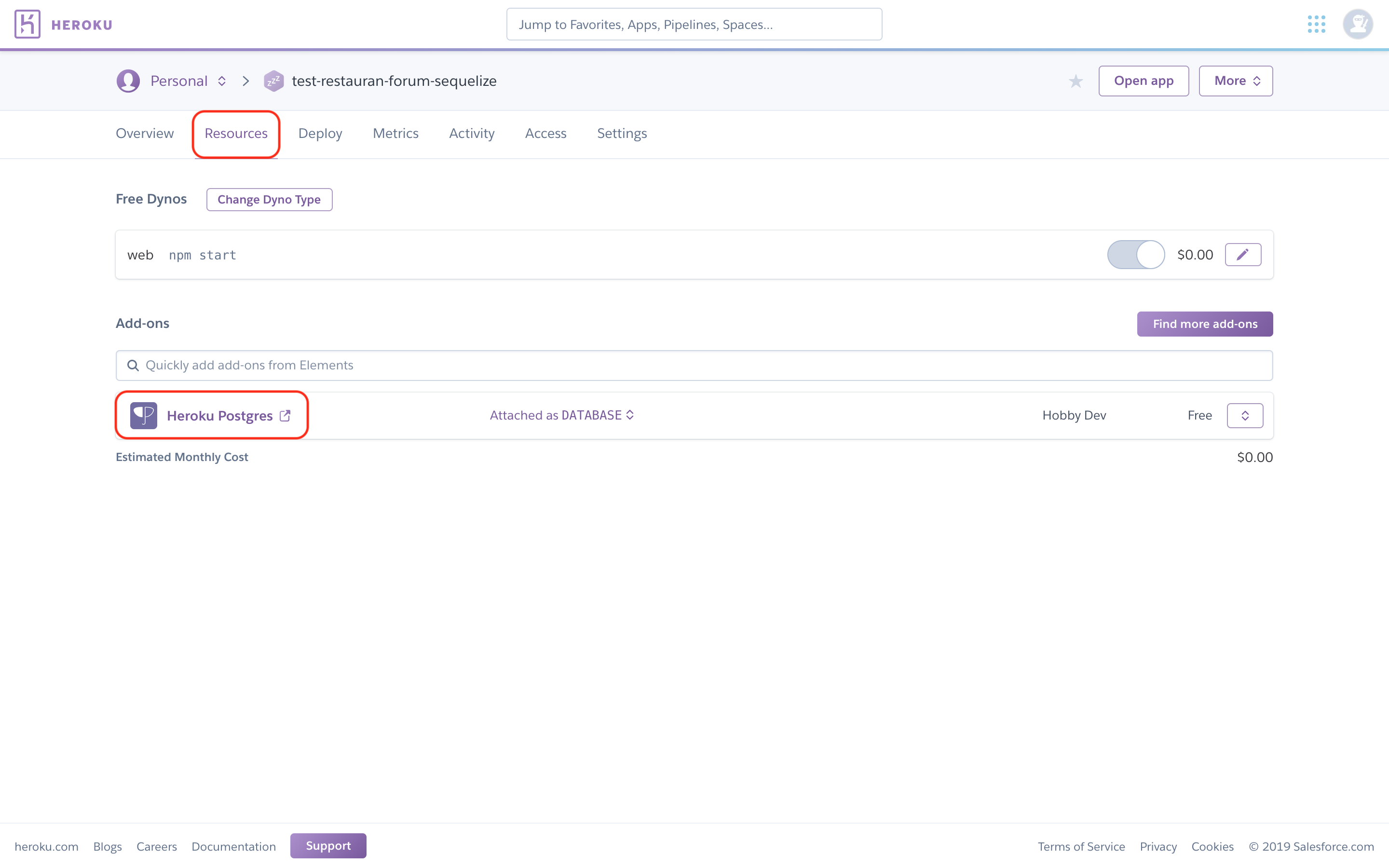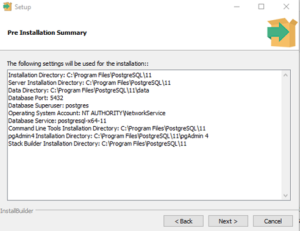

- #Heroku postgresql tutorial how to
- #Heroku postgresql tutorial software
- #Heroku postgresql tutorial code
To verify the connection, you can first click Test Connection. You can easily copy the connection string from the View Config page for your SQL Azure database on Heroku. In the designated field, enter the connection string particulars.

In the Database Connection Properties dialog that opens, go to the Advanced tab. Now, let’s open dbForge Studio for SQL Server and try to establish a connection. You can find those by clicking View Config for the specific database in the list of databases. To establish a connection with the Azure SQL database we have just created, it’s essential to have all the necessary credentials. For this, we’ll use dbForge Studio for SQL Server, an all-in-one IDE known for its robust SQL Server development, management, and administration features. With the Azure SQL database now hosted on Heroku, let’s proceed to establish an external connection to it. Step 4: Connect to the Azure SQL database on Heroku It will take a few minutes to complete the process, and the newly created database will appear in the List databases. On the Create New Azure Sql Database page, provide the new database name, user ID, and password. Next, navigate to Administration -> Add New Database. Simply click it to access the add-on’s dashboard. Step 3: Create Azure SQL database on HerokuĪfter you have installed the MSSQL add-on, you’ll find it listed under the Installed add-ons section within your application. In the dialog that appears, select the pricing plan and click Submit Order Form. In the field under Add-ons, start typing MSSQL and select the corresponding add-on once it becomes available.ģ. Enter your application and select Configure add-ons.Ģ. To add the MSSQL add-on to your Heroku application:ġ. With the add-on, you can provision both single Azure SQL databases and database pools, manage database credentials, and build applications on Heroku using Azure SQL. Softtrends MSSQL allows you to seamlessly integrate a high-performing Azure SQL database into your Heroku application. The app name should be unique and composed solely of lowercase letters, numbers, or dashes. Next, provide a name for the new app and select a region where your app server is located. Log in to your Heroku account and navigate to the dashboard. Installed dbForge Studio for SQL Server.
#Heroku postgresql tutorial how to
How to create and connect to an Azure SQL Database on Heroku This enables you to seamlessly integrate various databases, including Amazon RDS, Azure SQL Server, and ClearDB, into your Heroku app according to your specific requirements. In addition, Heroku provides a diverse selection of integrations and add-ons that allow you to customize your application’s database solutions. Heroku offers three primary managed data services: Heroku Postgres, Heroku Redis, and Apache Kafka on Heroku. It abstracts away much of the underlying infrastructure complexity, allowing for quick deployment and management of applications in a scalable and efficient manner.
#Heroku postgresql tutorial software
Users can deploy web applications, APIs, microservices, and other software projects easily using Heroku’s streamlined deployment process. Heroku supports various programming languages and frameworks, making it versatile for different types of applications.
#Heroku postgresql tutorial code
It allows developers to focus on writing code without worrying about infrastructure management. Heroku is a cloud platform that provides a Platform as a Service (PaaS) to help businesses deploy, manage, and scale applications.


 0 kommentar(er)
0 kommentar(er)
